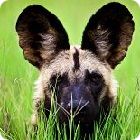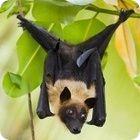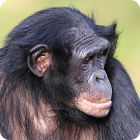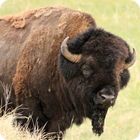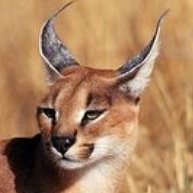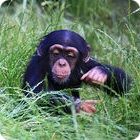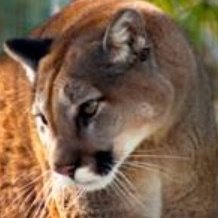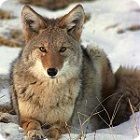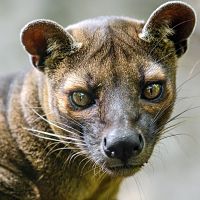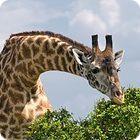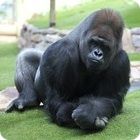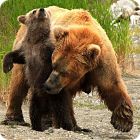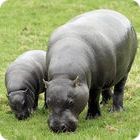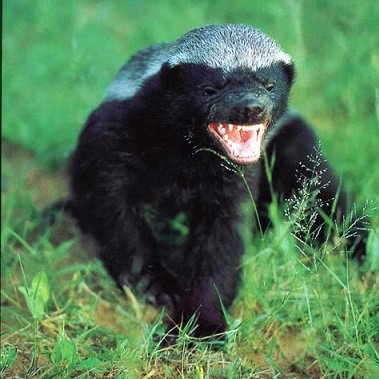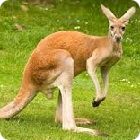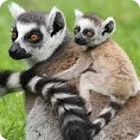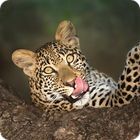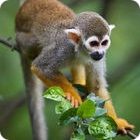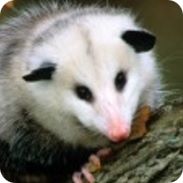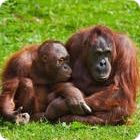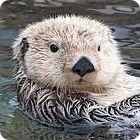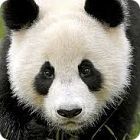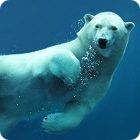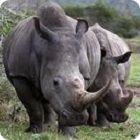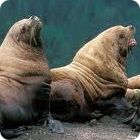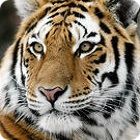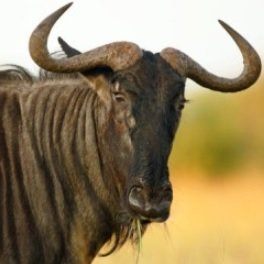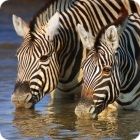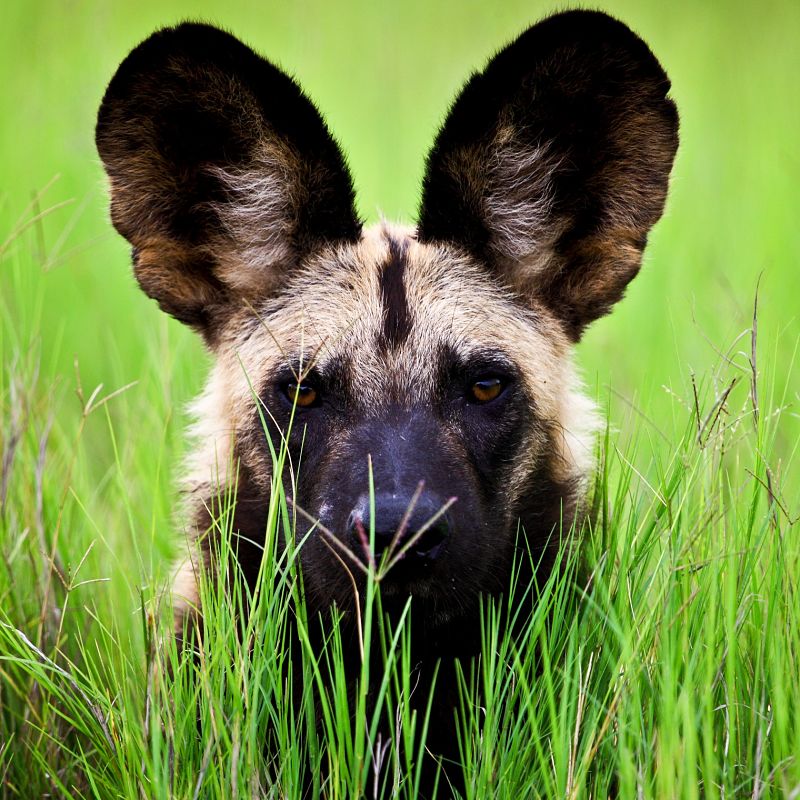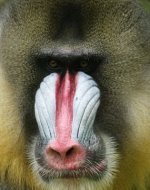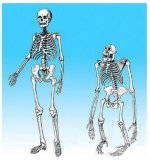Wild Animals
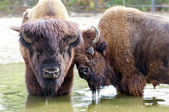
When you think wild animals, you probably have visions of lions and tigers and bears.
Even a pugnacious chimp or monkey, swinging through the trees, or a gangster-tough honey badger, crashing through the brush looking for bee hives.
They may be wild, but are they the wildest?
If we are comparing "wild" with "tame" there haven't been many concentrated attempts to tame chimps or badgers.
But, there are two animal species that human beings have tried very diligently to tame, and simply could not.
The beautiful zebra and the magnificent buffalo.
The wildest of all wild animals, buffalo and zebras have resisted all efforts to tame them. Even buffalo cows kept in captivity refuse to be milked.
Seeing how widespread common domestic cattle and horses are, if they coulda been, they woulda been, and sometimes you will see an individual who has given in to a saddle or cart, but as a species they are wild to the bone.
Rock on wild animals!
What's the difference between wild animals and domestic animals?
Wild animals have survived in their native habitat for the entire existence of their species. They have never been selectively bred for the purposes of human beings.
That being said, nearly every species of animal, reptile, even fish and insects, have been held in captivity at one time or another.
The question is, how well do they take to that captivity, and have they been altered by it.
The tiger and the lion may be the first animals that comes to mind when we talk about a wild animal, but there are generations of lions and tigers that have been bred in captivity not just in zoos, where their wild behavior may be somewhat retained, but in circuses and in the pet industry.
In these situations, it isn't the most powerful and fearsome male that reproduces, it is the most amiable and tractable individuals, and occasionally, those with unique coat color.
Generations of big cats bred with tameness in mind has not made them pussycats, but in most cases it has created individuals with calmer demeanors, and even significantly smaller fangs!
What is a domestic animal?
True domestic animals have lived thousands of generations in captivity, and differ significantly from their wild ancestors both physically and psychologically.
But tameness and domestication are not the same thing.
Tameness is a degree of calm, a manageable demeanor, and a lack of aggression and fear.
But there are many creatures, such as silkworms, honey bees that are completely domesticated and certainly wouldn't be considered "tame" in the sense that we think.
And the wildest of the wild, the animals we think of when we say "wild animal", lions and tigers, have been kept and bred in zoos, circuses and by the pet trade for centuries.
Naturally, the most powerful and dominant of these animals is not being reproduced, and they have acquired a more docile demeanor.
The fangs of these big cats are even significantly smaller than their wild cousins, but are they domestic animals?
There are definitely alot of grey areas here, but the species that has been most clearly altered by it's relationship with human beings is, of course, the domestic dog.
Domestic dogs are so completely engulfed in our world that they instinctively choose the company of human beings over their own species right from birth.
They are drawn to and transfixed by human beings, and some breeds have an incredible desire to please.
Most domestic dogs are even born understanding the uniquely human gesture of pointing.
Something that the smartest animals on the planet, apes and whales, must be patiently taught to comprehend.
Domestic horses are able to completely suppress their instincts and desires as prey animals, in order to carry us into war, on patrol, or on parade.
And the domestic cat is born with a specific vocabulary word hardwired in it's brain that it only utters to human beings - yes, it seems cats only "meow" to people.

see more animal extreme closeups
Recent Articles
-
African Animals - Animal Facts Encyclopedia
Oct 11, 16 10:27 PM
African Animals facts photos and videos..Africa is a wonderland for animal lovers, and a schoolroom for anyone who wants to learn about nature, beauty and the rhythm of life -
Baboon Facts - Animal Facts Encyclopedia
Oct 11, 16 10:26 PM
Baboon facts, photos, videos and information - Baboons are very distinctive looking monkeys with long, dog-like snouts and close set eyes. -
Great Apes Facts - Animal Facts Encyclopedia
Oct 11, 16 10:25 PM
Great apes facts, photos and videos..Human beings did not evolve from chimpanzees, modern chimps and gorillas do not appear in the fossil records until much more recently than homo sapiens..
